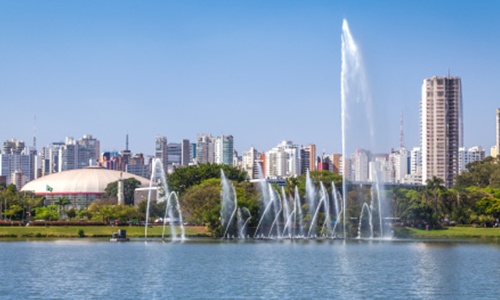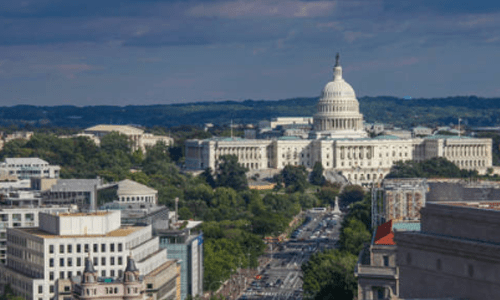
Delhi, India
Delhi is the largest commercial centre in northern India; it has an estimated net State Domestic Product of 1578.17 billion (US$25 billion) in nominal terms and ~ 6300 billion (US$100 billion) in PPP terms. The per capita income of Delhi was Rs.210000, highest in India. GSDP in Delhi at the current prices is estimated at Rs 3.66 lakh crore. As per the Economic survey of Delhi, the tertiary sector contributes 70.95% of Delhi’s gross SDP followed by secondary and primary sectors, with 25.20% and 3.85% contributions respectively. Delhi’s workforce constitutes 32.82% of the population, and has increased by 52.52%. Key service industries are information technology, telecommunications, hotels, banking, media and tourism. Construction, power, health and community services, and real estate are also important to the city’s economy. Delhi has one of India’s largest and fastest growing retail industries. Manufacturing also grew considerably as consumer goods companies established manufacturing units and headquarters in the city. Delhi’s large consumer market and the availability of skilled labour has attracted foreign investment. The manufacturing sector employs 1,440,000 workers and the city had 129,000 industrial units.









